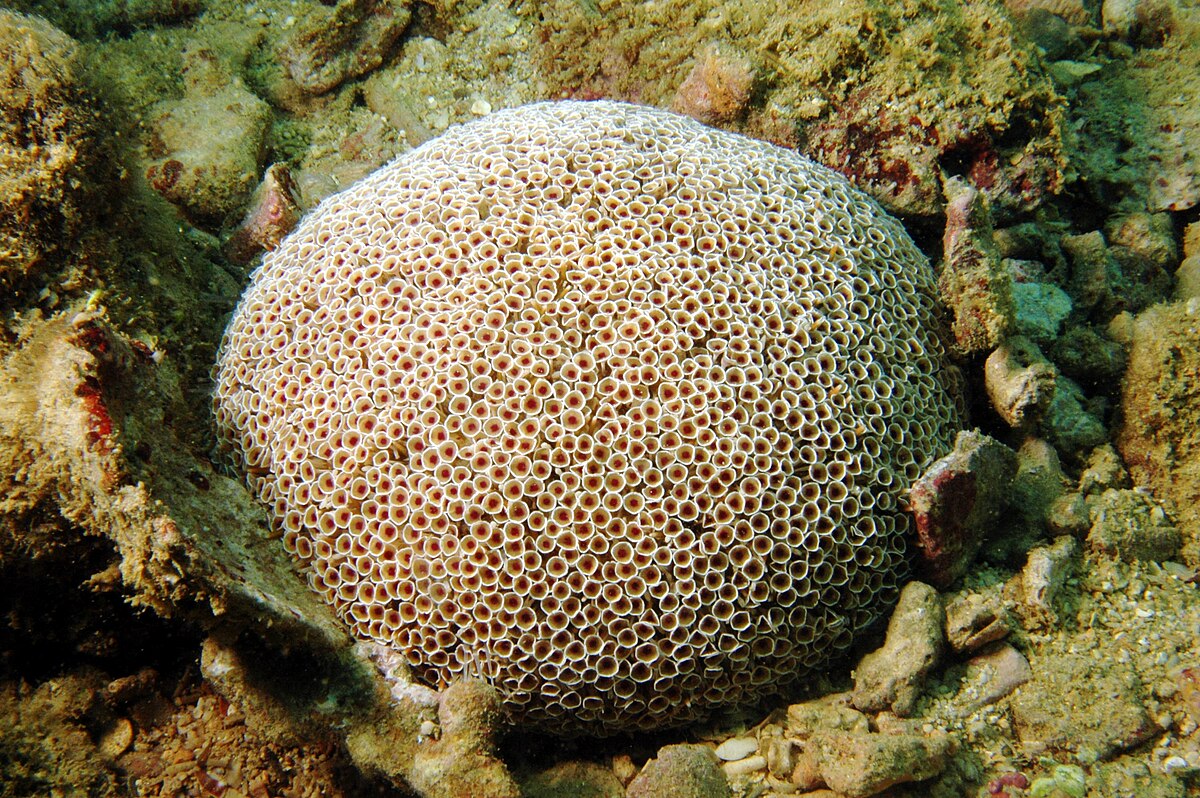20 Scariest Deep Sea Creatures Ever Found
A detailed list of mysterious and sometimes dangerous creatures from the deep sea, a place that is almost inaccessible to humans:
**1. Box Jellyfish**

– **Characteristics**: Transparent box-shaped body, with long tentacles containing millions of venomous cells.
** Danger**: Venom causes intense pain, destroys cells, stops the heart in just a few minutes.
** Habitat**: Tropical seas, especially the Pacific and Indian Oceans.
** Interesting points**: Some species have up to 24 light-sensing “eyes”.
**2. Goblin Shark**
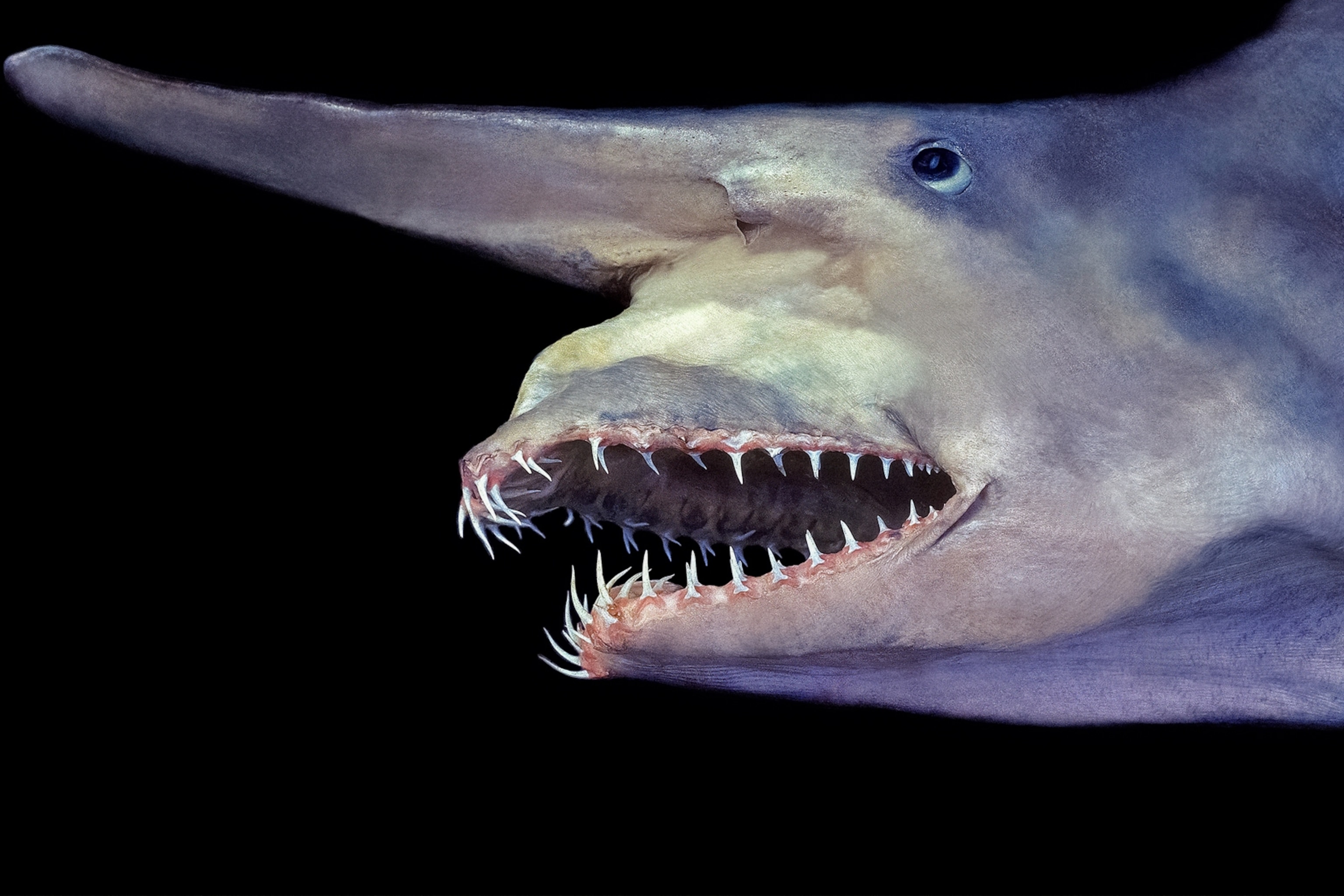
** Characteristic**: Sharp teeth protrude from a long, pointed snout. When hunting, the jaws quickly dart out to capture prey. – **Danger**: Not a threat to humans, but its appearance terrifies many people.
– **Habitat**: Depths from 200–1,300 m, mainly in large oceans.
**3. Japanese Spider Crab**

– **Characteristics**: The longest leg span of any crustacean, up to 4 meters.
– **Danger**: Although they do not attack, their sharp claws are enough to cause serious injury.
– **Habitat**: Deep seabed in Japan, depths from 150–200 m.
– **Lifespan**: Can live for more than 100 years.
**4. Anglerfish**

– **Characteristics**: The flesh on the head glows thanks to bioluminescent bacteria, helping to attract prey. Large mouth, sharp teeth like knives.
– **Danger**: Attacks suddenly, swallowing prey many times larger than its body.
– **Habitat**: Deep ocean, from 200–2,000 m.
**5. Blobfish**
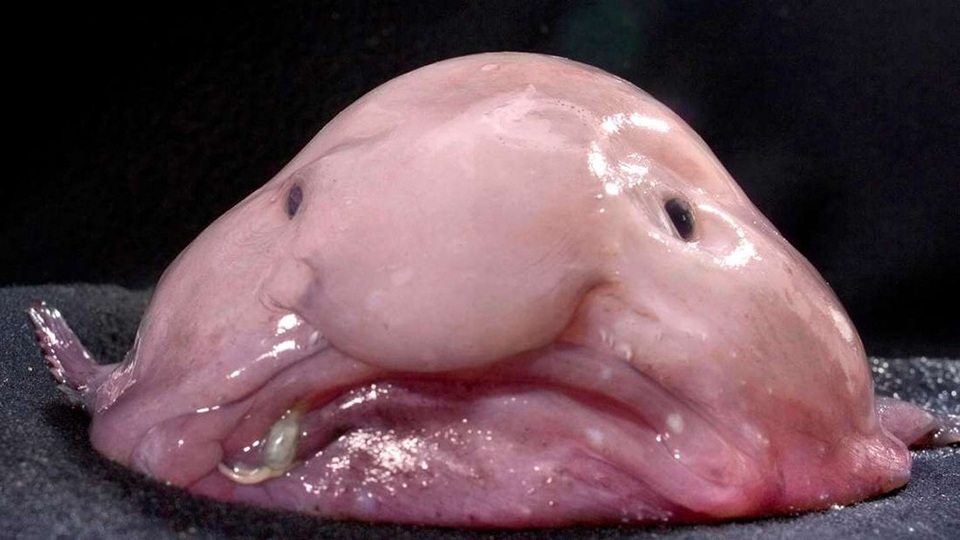
– **Characteristics**: Has no bones, soft gel-like body to withstand high pressure. When brought to the surface, their body deforms due to loss of pressure.
– **Danger**: Does not attack humans, but is considered an “ugly symbol” of the ocean.
– **Habitat**: Depths from 600–1,200 m in the seas of Australia and New Zealand.
**6. Greenland Shark**

– **Characteristics**: Up to 24 ft long, rough skin, eyes often attacked by parasites that make them blind.
– **Danger**: Is a scavenger, but can attack live fish. – **Habitat**: Icy waters of the North Atlantic.
– **Interesting points**: Lifespan of 300–500 years, the longest of any vertebrate.
**7. Sea Snakes**

– **Characteristics**: Flat body for agile swimming, some species have colorful patterns.
– **Danger**: Venom is 10 times stronger than a cobra, causing paralysis and death.
– **Habitat**: Shallow waters and coral reefs.
**8. Cookie cutter shark**

– **Characteristics**: About 50 cm long, sharp teeth used to bite off pieces of flesh from larger prey.
– **Danger**: Causes serious injury to whales, large sharks and even submarines.
– **Habitat**: Tropical oceans, hunts at night.
**9. Portuguese Man O’ War Jellyfish**

– **Characteristics**: Looks like a jellyfish, but is actually a collection of separate organs that coexist.
– **Danger**: Venom causes anaphylactic shock and severe pain.
– **Habitat**: Tropical and subtropical oceans.
**10. Stonefish**

– **Characteristics**: Shaped like a rock, perfect for camouflage.
– **Danger**: Venom spines on the back contain venom that causes necrosis and cardiac arrest.
– **Habitat**: Shallow seabeds and coral reefs.
**11. Flower Urchin**
– **Characteristics**: Shells have small spines arranged in a flower-like pattern.
– **Danger**: Venom paralyzes muscles and causes severe pain. – **Habitat**: Coral reefs and seagrass areas.
11. **Gulper Eel**: This eel looks like a regular eel, long and unremarkable except for its elongated body. They are black and not as large as other eels, with an average length of only about 2-3 feet (about 60-90 cm). Gulper eels live at great depths on the sea floor, from 1,600 to 10,000 feet (about 500-3000 meters). Their special feature is their huge mouth that can expand like a balloon, helping them swallow their prey. After swallowing, their mouth collapses and returns to its original shape. Because they live at great depths, they are extremely rare, and information about them is still very limited.
12. **Fangtooth Fish**:
 Fangtooth fish have very sharp fangs, looking like creatures from horror movies. However, they are quite small, only about 6 inches (15 cm) long when fully grown. Fangtooth fish live at depths of 1,600 to 16,000 feet (about 500-5000 meters), where light is almost nonexistent. Although their eyesight is very poor, they have an extremely sensitive ability to detect movement and vibrations in the water. This helps them hunt without seeing them. Notably, fangtooth fish have special sacs in their heads to protect the brain from injury when their mouths are closed.
Fangtooth fish have very sharp fangs, looking like creatures from horror movies. However, they are quite small, only about 6 inches (15 cm) long when fully grown. Fangtooth fish live at depths of 1,600 to 16,000 feet (about 500-5000 meters), where light is almost nonexistent. Although their eyesight is very poor, they have an extremely sensitive ability to detect movement and vibrations in the water. This helps them hunt without seeing them. Notably, fangtooth fish have special sacs in their heads to protect the brain from injury when their mouths are closed.
13. **Barreleye Fish**:
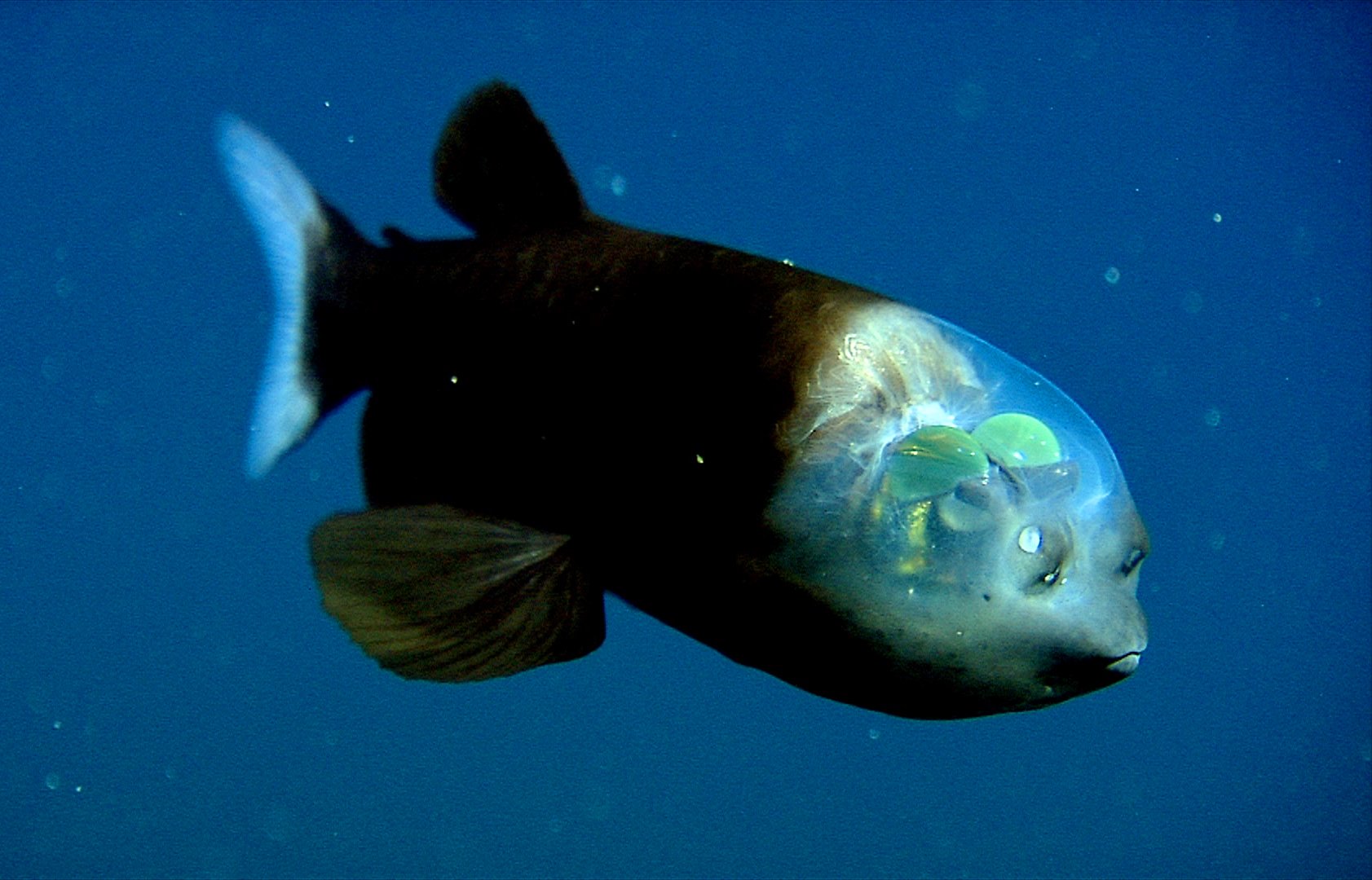 Barreleye fish have a transparent dome-shaped head and extremely sensitive tubular eyes, protected by a layer of blue fluid. This feature helps them see prey above in the darkness of the deep ocean. Their bodies glow thanks to light-emitting organs, helping them easily identify prey in dark environments. The barreleye is one of the fish species that is well adapted to life at the bottom of the sea, where light cannot penetrate.
Barreleye fish have a transparent dome-shaped head and extremely sensitive tubular eyes, protected by a layer of blue fluid. This feature helps them see prey above in the darkness of the deep ocean. Their bodies glow thanks to light-emitting organs, helping them easily identify prey in dark environments. The barreleye is one of the fish species that is well adapted to life at the bottom of the sea, where light cannot penetrate.
14. **Red-Bellied Piranha**:
 Piranhas have a fearsome reputation due to their potentially fatal group attacks. However, they mainly feed on fish, insects, and other aquatic creatures. Piranhas will attack humans when food is scarce and in a state of famine. Although rare, piranha attacks on humans can be very painful and swift.
Piranhas have a fearsome reputation due to their potentially fatal group attacks. However, they mainly feed on fish, insects, and other aquatic creatures. Piranhas will attack humans when food is scarce and in a state of famine. Although rare, piranha attacks on humans can be very painful and swift.
15. **Dumbo Octopus**:
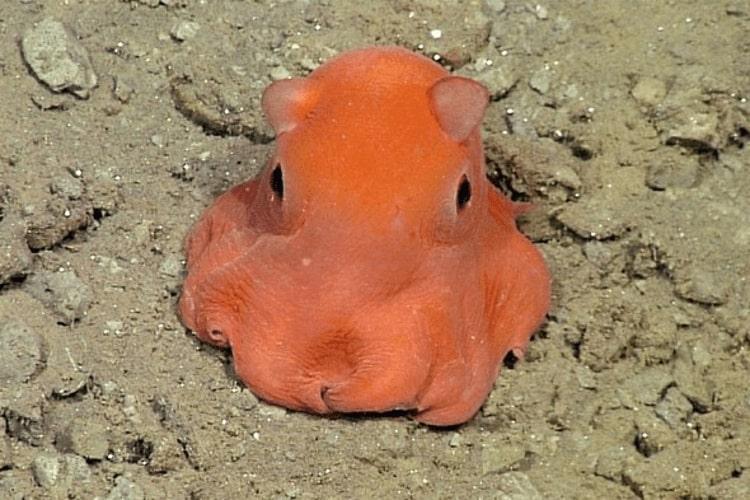 Dumbo octopuses live at depths of about 13,100 feet (about 4,000 meters), where there is no light. This species has a unique behavior when mating, with the ability to store sperm for long periods of time to use when conditions are suitable. This helps them ensure effective reproduction in deep, cold environments.
Dumbo octopuses live at depths of about 13,100 feet (about 4,000 meters), where there is no light. This species has a unique behavior when mating, with the ability to store sperm for long periods of time to use when conditions are suitable. This helps them ensure effective reproduction in deep, cold environments.
16. **Vampire Squid**:
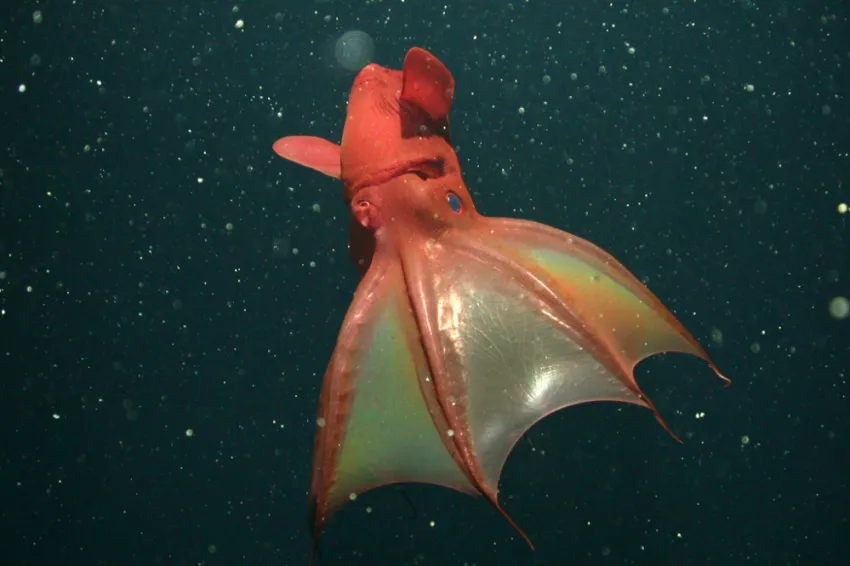 Despite their name, vampire octopuses are not true octopuses or squids, and they do not suck blood. They live at depths of 2,000 to 3,000 feet and have terrifying red eyes and a black-red shell that resembles a vampire’s cloak. When threatened, they do not secrete ink, but instead squirt a glowing slime to disorient predators.
Despite their name, vampire octopuses are not true octopuses or squids, and they do not suck blood. They live at depths of 2,000 to 3,000 feet and have terrifying red eyes and a black-red shell that resembles a vampire’s cloak. When threatened, they do not secrete ink, but instead squirt a glowing slime to disorient predators.
17. **Stingray**:

With their flat shape, stingrays are easy to spot and avoid. However, their tails are sharp and venomous, and can cause serious injury to humans if not careful. Stingrays live near the seafloor and use their venomous tails to protect themselves from predators. Although fatalities due to stingrays are rare, when they do occur, they can be very painful and dangerous.
18. **Frilled Shark**:
 Dubbed a “living fossil”, the frilled shark has a strange appearance and is reminiscent of ancient sharks. This species has jagged gills that look like thick hair. Although very rare, frilled sharks still exist in the deep sea, living according to fierce hunting habits.
Dubbed a “living fossil”, the frilled shark has a strange appearance and is reminiscent of ancient sharks. This species has jagged gills that look like thick hair. Although very rare, frilled sharks still exist in the deep sea, living according to fierce hunting habits.
19. **Black Swallower**:
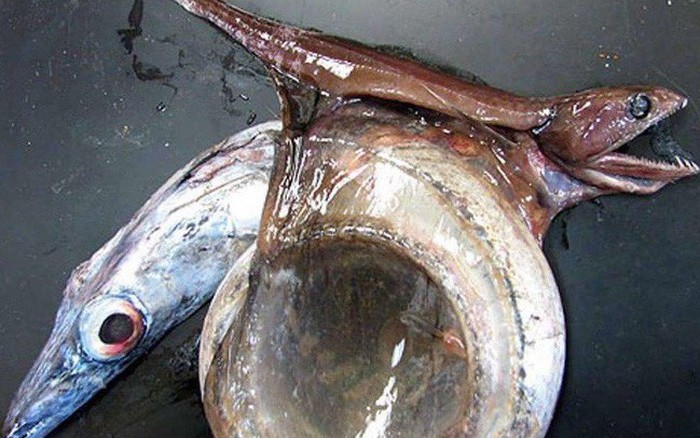
This is a fish that can swallow prey 10 times its size. When it swallows, its stomach will expand, making the fish’s skin transparent, and you can see the prey inside. This fish is very well adapted to the deep sea environment, where food is scarce and they can eat anything available to survive.
These creatures all have scary characteristics, are extremely well adapted to the deep living environment, and many of them have not been explored much, making them even more mysterious and scary.




